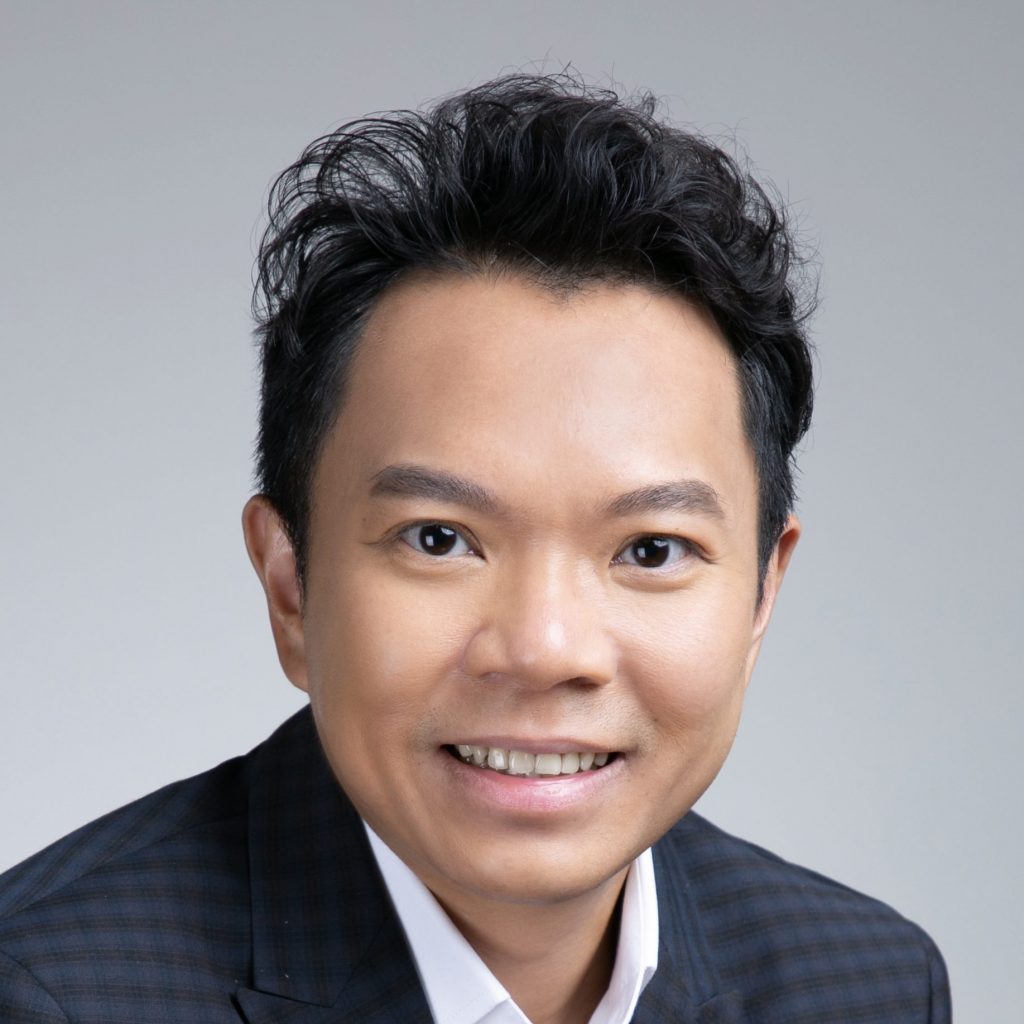May 2024 | Volume 25 No. 2
A Super Way to Build
Listen to this article:
When new buildings are under construction, there are often ongoing revisions to plans. Maybe a different material is needed than originally envisioned, or measurements or workflows need adjusting. This leads to multiple versions of plans being shared via email or text. For project proponents and managers, it can be a headache keeping track of the changes.
Professor Llewellyn Tang of the Department of Real Estate and Construction is acutely aware of the problem. He was a project manager before entering academia, where he chose to specialise in information management. One of his major outputs has been the AutoCDE – a common data environment with ISO 19650 certification – which is the core engine of his initiative, SuperApp, to help create more sustainable cities and streamline data management.
SuperApp-AutoCDE digitises and standardises data in a variety of formats, such as 2D drawing models, laser scans, documents, PDFs, photos and Internet-of-Things data, and turns that data into three-dimensional environments incorporating Building Information Modelling and a Geographic Information System to form a Digital Twin. The Digital Twin can analyse carbon emissions across entire built assets and give insights based on a client’s targets, in a format that is much easier to understand than 2D drawings, charts and reports.
“What the client wants in the end isto save time, costs and energy use during both project management and asset management. Particularly for listed companies, they now all need to generate environmental-social-governance reports,” Professor Tang said. “We can help the client plan and reduce carbon emissions and turn them into carbon credits.”
Tailored to the client
SuperApp-AutoCDE can do this at any stage of a building or city development – for example, at the planning stage it can indicate designs or methods that would save on carbon emissions, while at the construction stage, it can give a head’s up if appliances being ordered are not the right size (this is not uncommon) and save the carbon emissions generated by having to ship in replacements. At the operation stage, the platform can help evaluate and compare asset performance for continual improvement.
“The client can use our platform to track the whole process before they even start building. When the building comes into operation, we can monitor energy use as well,” he said.
The app can be tailored so that each client can create numerous logins and adjust users’ access to information according to their position in the project, such as project manager or site manager. It also has international applicability, having been developed to various ISO standards for information digitisation in the construction industry, smart cities, and carbon emissions quantification.
Professor Tang is the first to say that many of SuperApp’s functions could be done manually, but that would take months to complete, as opposed to the real-time feedback from SuperApp, and would be prone to human error embedded in leading machine learning algorithms.
More clients and more uses
Since its launch in 2019, SuperApp has been adopted by more than 100 clients in Hong Kong, Asia-Pacific and Mainland China, and has started to make inroads in Malaysia, Indonesia, Saudi Arabia, and the United Arab Emirates. Recently, it secured Series A funding of HK$25 million and a valuation of HK$424 million, indicating investors have faith in its ability to grow and generate revenue.
Professor Tang said they are working on expanding the market base for SuperApp, as well as its use in applications beyond carbon emissions and built asset development. Recently, they were asked to apply the technology to update firefighting features in old buildings, which is a common pain point in many urban cities where these buildings often have inadequate or no such equipment.
They are also applying it to develop a 3D visualisation of a high school environment in Hong Kong that specialises in students with special educational needs. The aim is to use advanced visualisation technology as an experiential learning tool to familiarise students with the environment in and around their school and the things they would encounter on their way to school. The service is being provided free of charge.
Professor Tang said they had also signed a Memorandum of Understanding with Hong Kong Green Building System, whose majority shareholder Jinggong Steel Group is one of the top steel structure general contractors in the world, to use SuperApp to standardise their production processes.
“This still aligns with our core business, which is really about AutoCDE. The data input, how to manage and streamline the whole production process, how to cut time and costs, and maintain quality and be carbon-friendly – all this can be done through our SuperApp,” he said.
The data input, how to manage and streamline the whole production process, how to cut time and costs, and maintain quality and be carbon-friendly – all this can be done through our SuperApp.

Professor Llewellyn Tang Chun-ming

